
A show about relationships with the land
There are many ways to listen to the show: Listen live on CFRU 93.3 fm broadcasting from the University of Guelph Mondays at 6pm EST or listen to the podcast via Spotify, Apple, or just follow the rss feed.

Ep. 266 : Getting to know Song Sparrows
I have been excited about Song Sparrows for a while. Theirs was one of the first complex songs I learned to identify, and being such a common neighbour on the landscape it’s hard to go a few days without hearing them, even in Winter, but especially in the Spring.
While out today, I came across a couple Song Sparrow tracks in the silt newly laid down by the receding Eramosa River flood waters and it pricked my interest to dig in a little deeper to this common figure in my life.
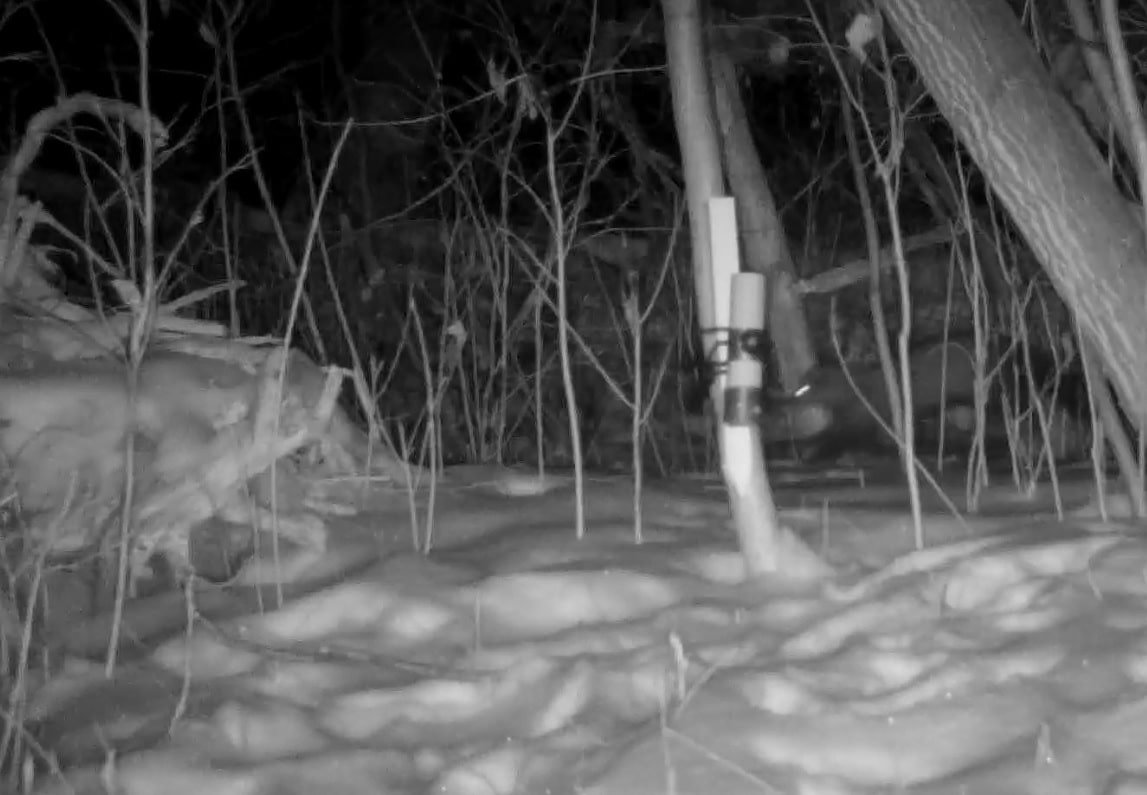
Ep. 264 : A Fisher in Edmonton with Sage Raymond
Fishers aren’t known as an urban adapted species. They tend to avoid our built up landscapes and prefer mature forests comprised of old trees with cavities and lots of course woody debris (think of big piles of dead branches and fallen logs). Because of this Fishers avoid our cities… or so we thought.
Sage Raymond is a researcher who studies urban adapted Coyotes in Edmonton. While out checking some trail cams intended to catch Coyotes on the landscape, she happened across a Fisher trail in the snow. Sage realized that this was a very unusual circumstance and wrote a paper about it. Thankfully, she agreed to talk about her findings on the show.

Ep. 263 : Winter Wildlife Tracking Trip in Algonquin Park, 2025
As I mentioned on the previous show about the Lynx trailing trip, I was planning on heading up to Algonquin Park to trail Moose, Algonquin Wolves, Martens, Snowshoe Hare, Flying Squirrels, and whomever else’s trails we may come across. Well, I went and it was great. So good that I wanted to offer a bit of a report back from the trip and tell some stories of what we saw.
This is the 24th year of this trip, and I am so grateful to get to not only be there, but to be helping lead the week. Kid me would be stoked… hell, adult me is still stoked!
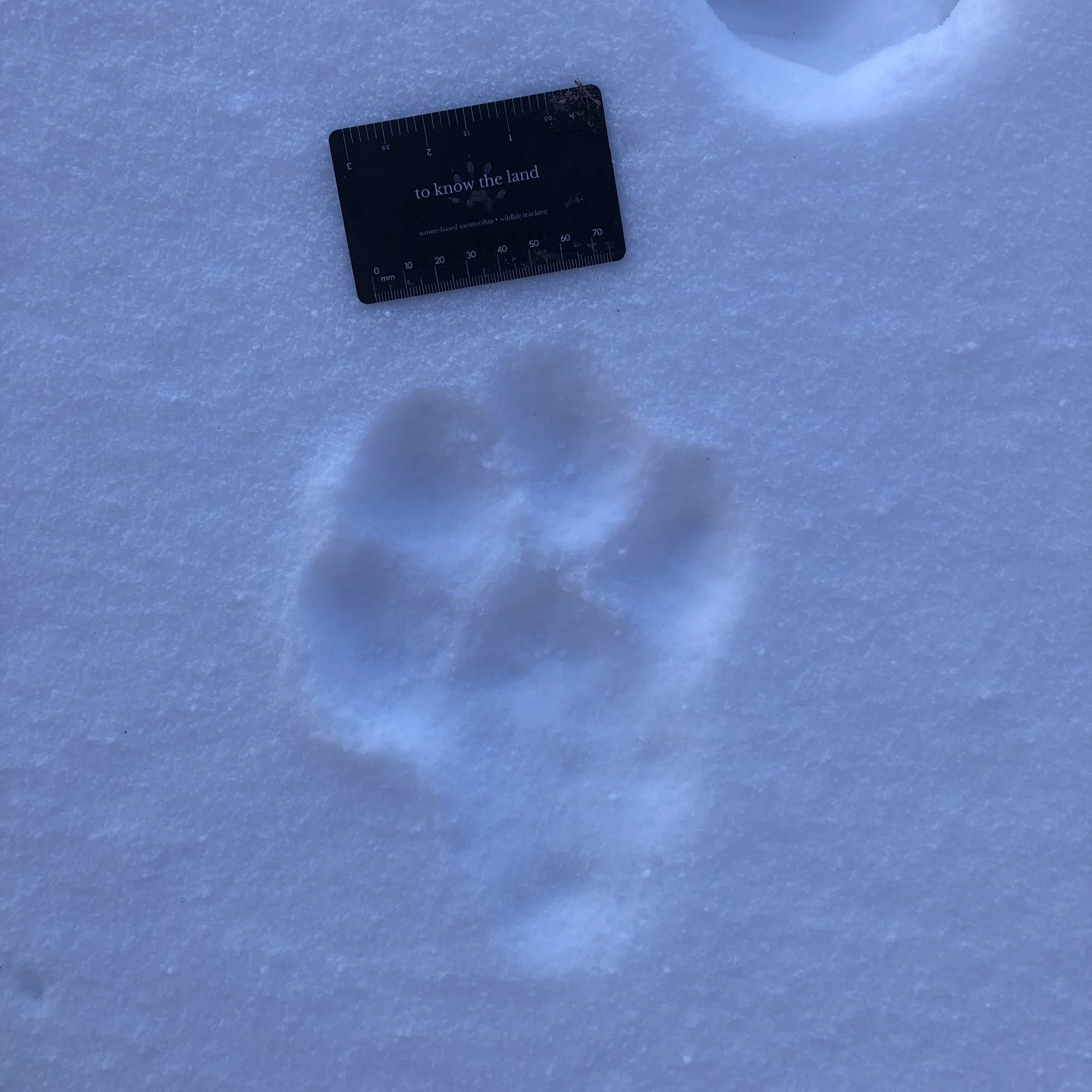
Ep. 261 : Trailing Lynx at Elk Lake
I just got home from an amazing week away trailing Lynx. It was an amazing time and I had a ton of fun. We trailed Lynx for days, as well as get on some trails of other animals. There are so many stories to tell and so much to integrate over the next few weeks, but I wanted to share some highlights of these weeklong tracking expeditions.

Ep. 260 : New Year, New Egg Case
I was out for a walk along the Eramosa River in Guelph with a pal on New Years Day, when she lifted a log and showed me some strange white patches along it. I guessed by the appearance of them, being small, white and silken-like, with many around, that they were likely egg cases of some small invertebrate.
White, circular with a thin shallow dome constructed of webbing got me wondering who may have created this? I decided that this find, like a lot of the small wonders of the world would be worth researching a bit and recording a show about.
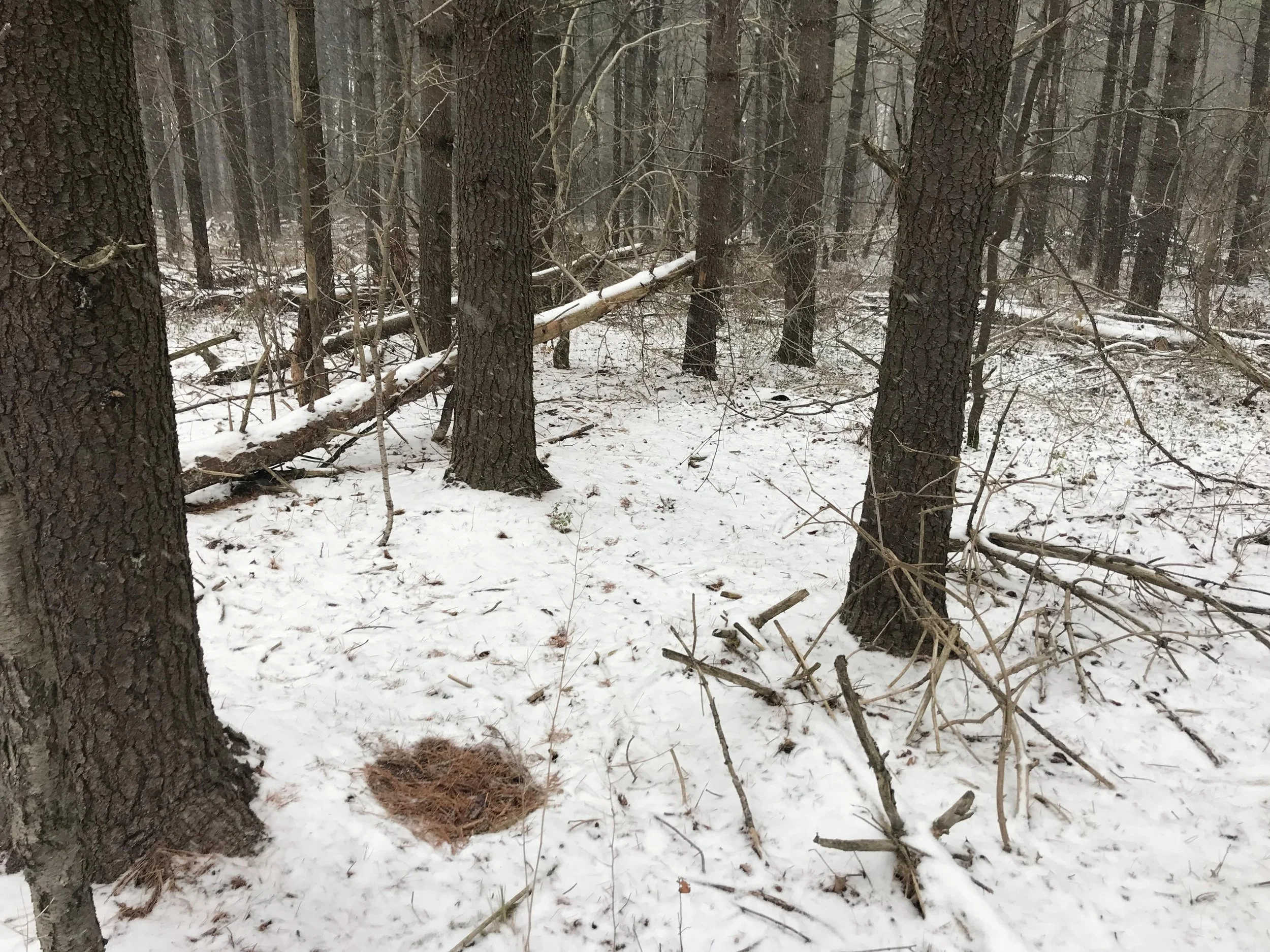
Ep. 258 : The Gifts of Tracks
I spent the day out tracking, when ! got to thinking about gifts that are the tracks which are left behind without consideration of how the tracker might feel or what we may want out of the experience. I was struck by awe and wonder when I came across the bed and was truly grateful for this gift left behind by the animal that was there so recently.

Ep. 252 : Mussel Midden Mystery
While teaching up at the Lodge at Pine Cove this past weekend we came across lots of tracks and sign. But there was one bit of sign that was really annoying me… something I wasn’t sure about. There were mussel shells laying about all along the rivers edge. Along the beach, the rocky cove, and all across the depths of the French River. They had all been opened, most split at the hinge, some cracked, many fragile and crumbling apart when put a bit of pressure on them. Someone had been feeding on these mussels for quite a few years it seemed, and I wanted to, maybe even needed to, figure this mussel mystery out.
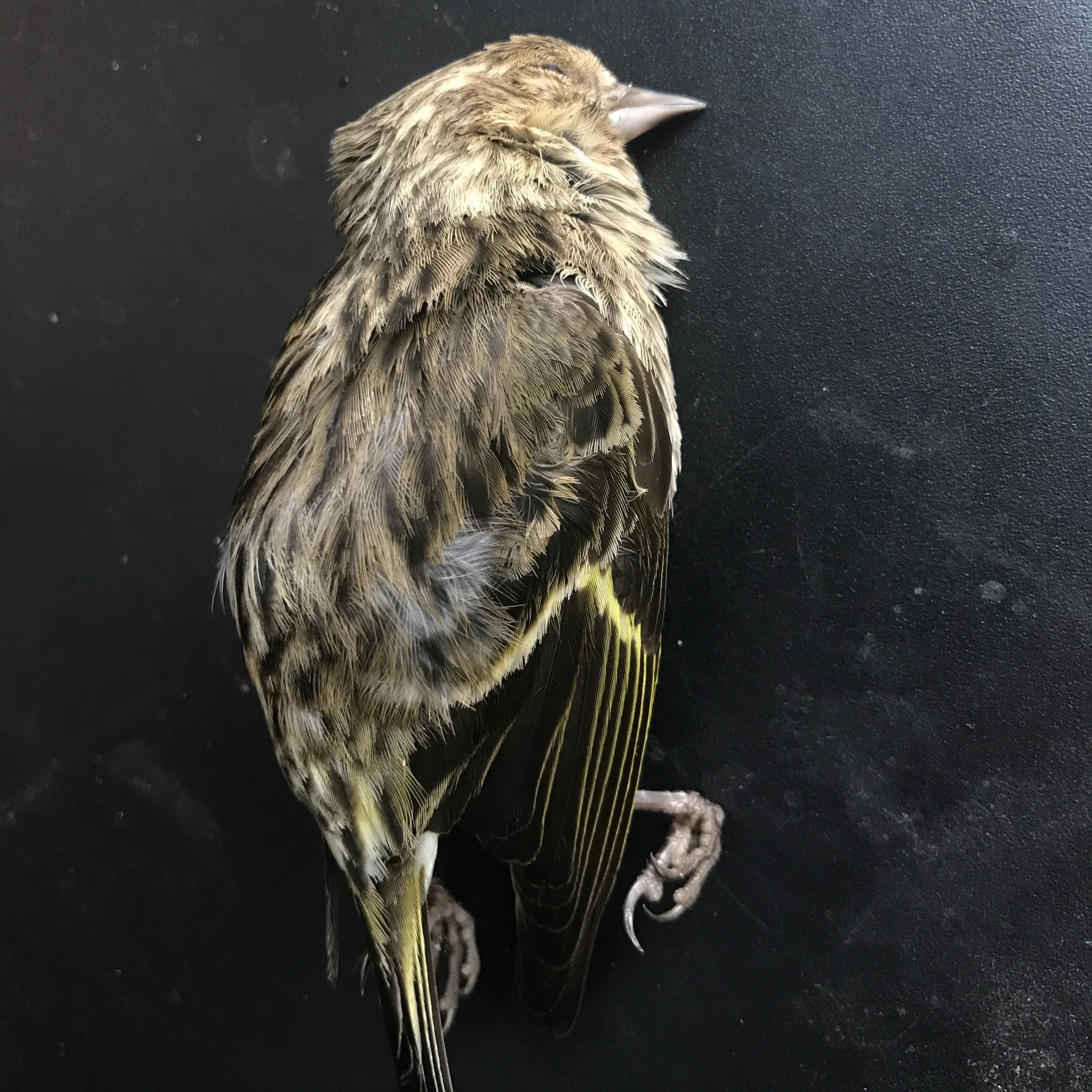
Ep. 235 : Pine Siskins
I just got home from Algonquin Park. I got the privilege to spend the past week tracking Wolves, Moose, Martens, Grouse, Flying Squirrels, and so many other creatures throughout the length of the park. It was magical, inspiring and motivating. Restful as much as exhausting.
One animal I spent some time learning about over the week was the Pine Siskin, as they were my focal species for the week. Sadly on our last day, two dead Pine Siskins were found on highway 60, hit by vehicles as they were on the road, consuming the de-icing salts.
I decided on the way home I would do a little research and make the next show all about them. Here’s to the Siskins and all they’ve taught and inspired in me.
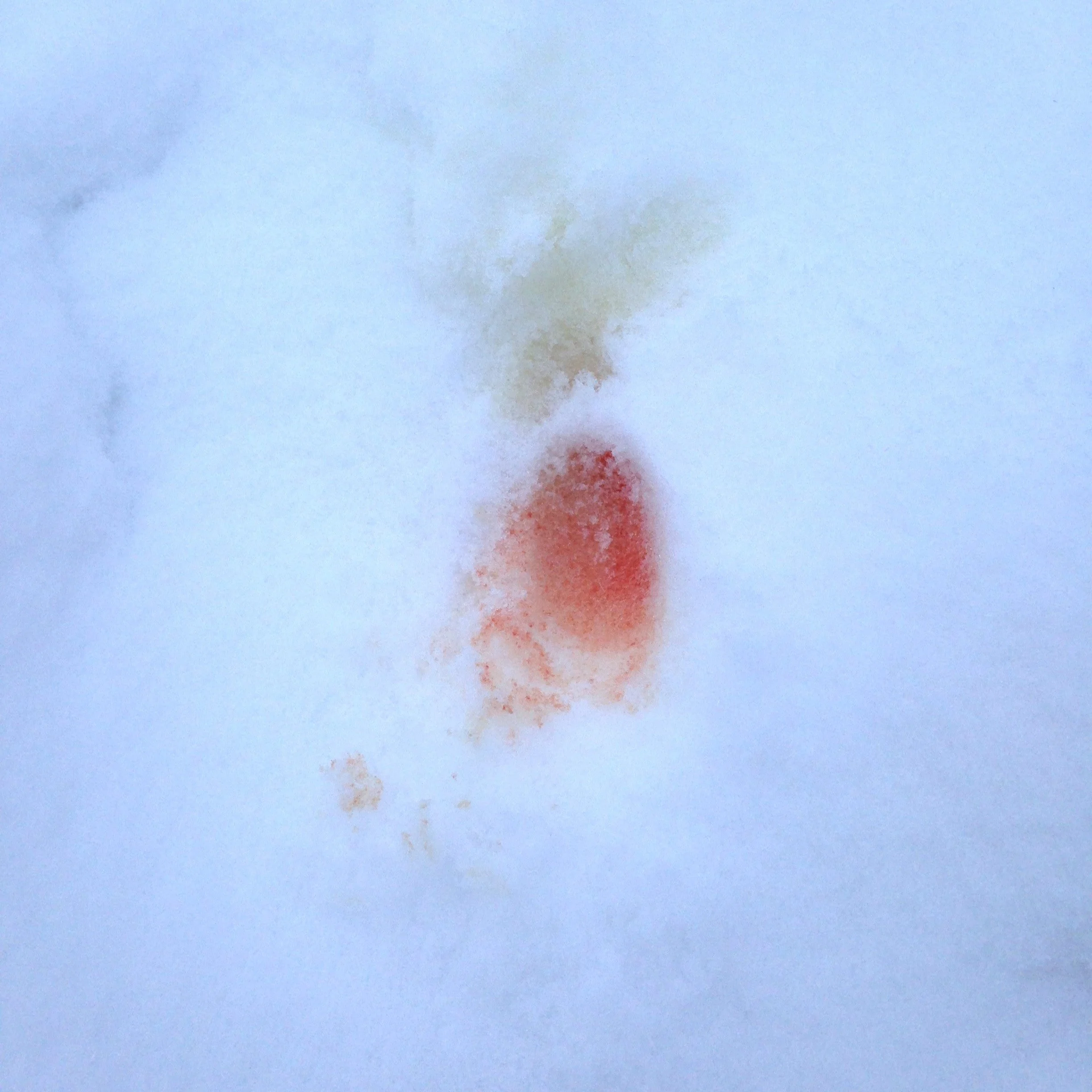
Ep. 234 : Courting Behaviours of the Eastern Coyote
It’s that time of year again, when the animals are getting out and getting down. While driving home the other day I drove past a forest where I had once trailed a part of courting Coyotes and realized that now is the time we will be seeing these courting behaviours. I had written about them before, but it was worth revisiting as it will likely be coming up on the land, and in my classes.

Ep. 233 : On the Fisher Trail
Once again I have been inspired by the Fisher to dig a little deeper into their ecologies, behaviours and the signs they leave behind. There is always so much to know that another show about them, relating another story of following the Fisher trail seemed worthwhile.
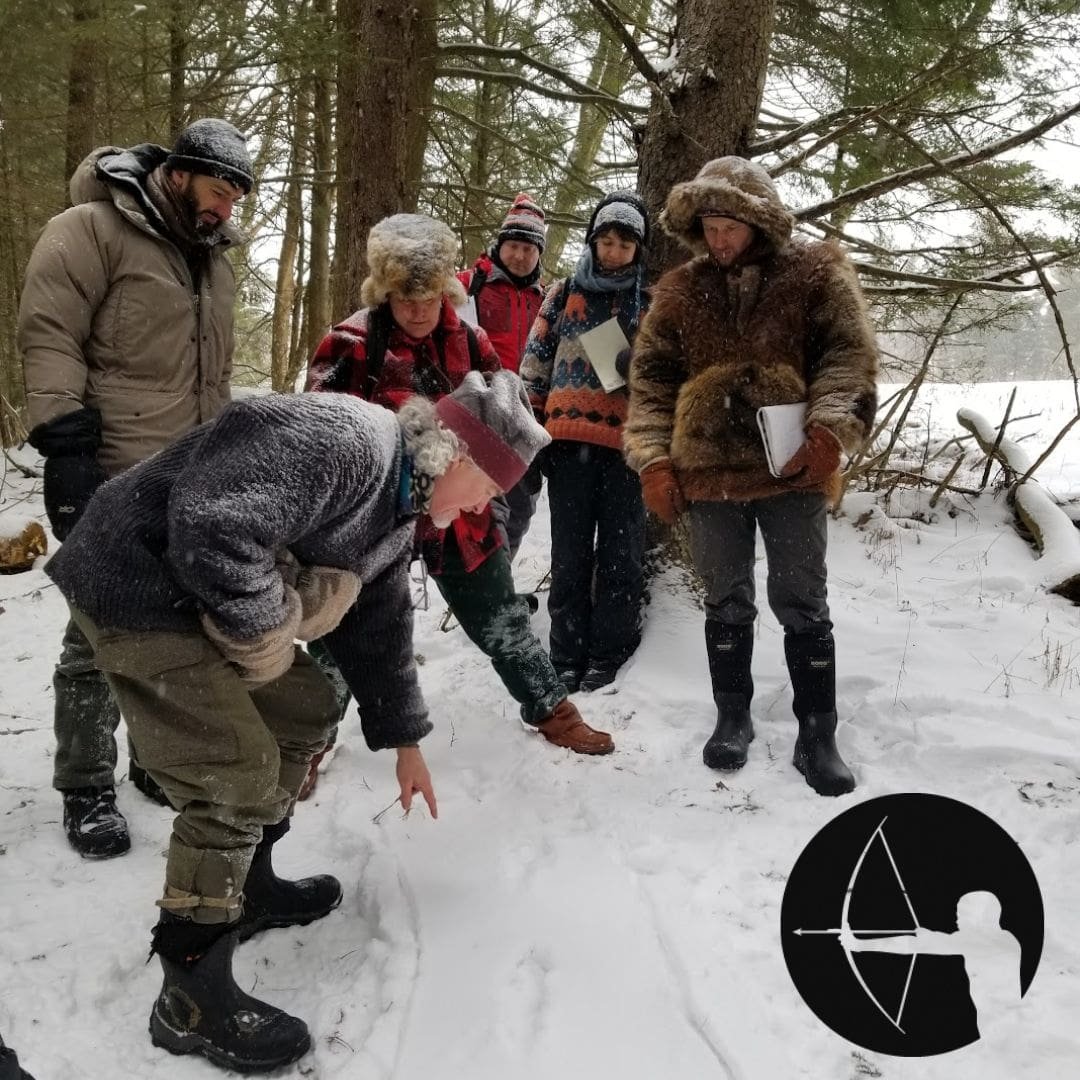
Ep. 209 : Tracker Certification North America
Tracker Certification North America is an evaluating body in the field of wildlife tracking and trailing, and so much more. They host evaluations which double as in depth community tracking and trailing training sessions, going deep on the explanations and pointing out how the evaluator can see what they can see. This process encourages dialogue, feedback and reflection, community discussion and a deeper understanding of the trails the animals are leaving behind.

Ep. 206 : Pileated Woodpecker Sign
Without much snow so far this winter, my tracking has been shifting towards other sign out on the land. Lately this has been signs on plants, scats, rubs, with a focus on Pileated Woodpecker feeding sign written in the bodies of the trees.
I first noticed this kind of sign along the Bruce trail many years ago, and then again in Algonquin Park. These days, I just see it everywhere, and through sharing what I am noticing with friends, colleagues and students, I am coming to realize that others just aren’t as excited as I am. So, maybe this show is just me sharing the excitement with potential others who may also get stoked to find this awesome sign of a pretty large bird who has made a pretty big comeback.
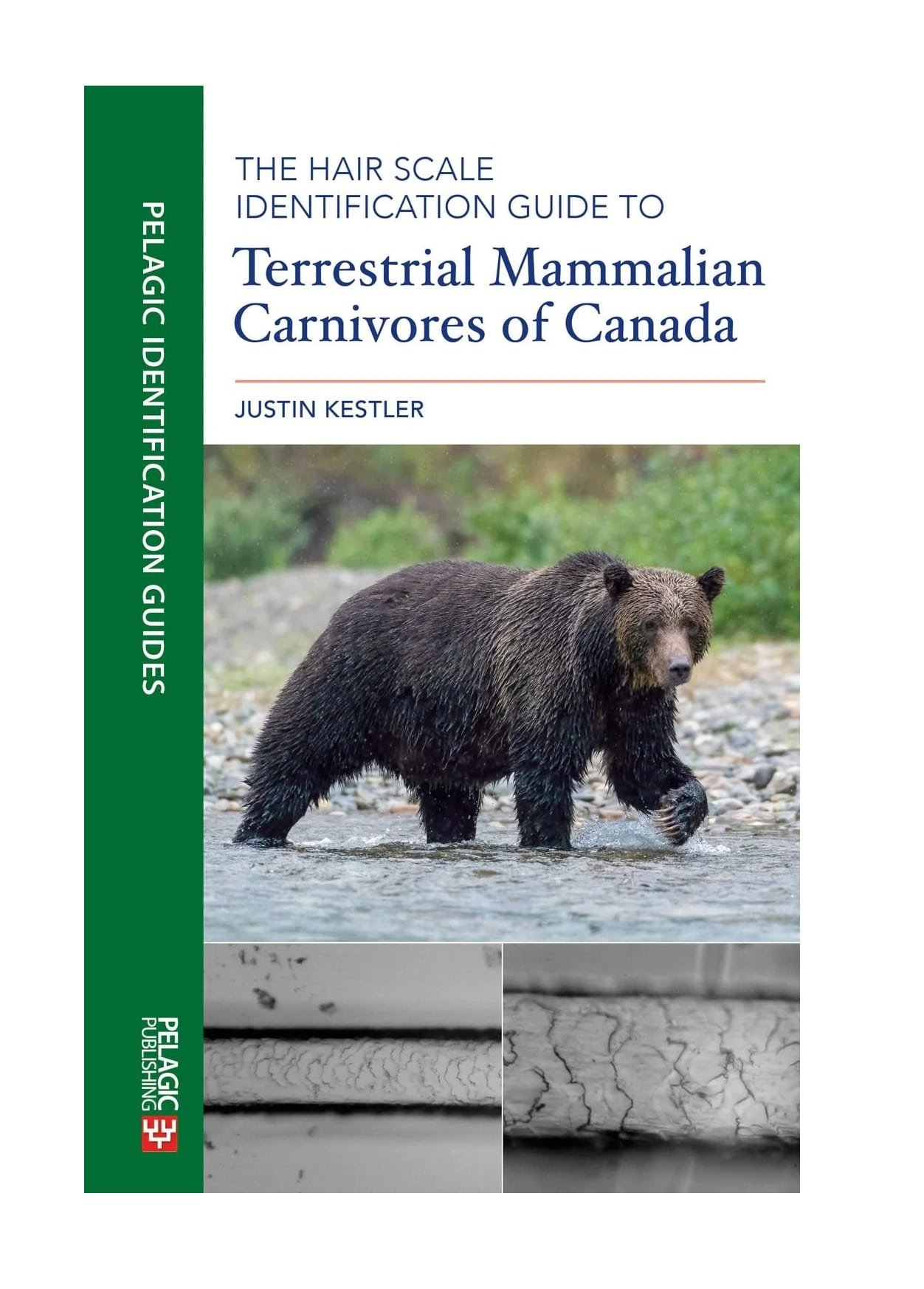
Ep. 196 : Hair Scale Identification Guide to Terrestrial Mammalian Carnivores of Canada with Justin Kestler
Justin Kestler and I got to talk about his new book The Hair Scale Identification Guide to Terrestrial Mammalian Carnivores of Canada. This concise book is a quick guide to interpreting the origin of hairs based on the morphology of scales along the cuticle (outer side) of the hair. It’s not like a fingerprint per se, which attempts to identify an individual human, but instead may help to identify a species. This is because the scale structure is different across species but not so much individuals of that species. Make sense?
We talked about the process of documenting the hair scales, acquiring the hairs, and a bit about ecological traits which might be indicated through the characteristics of the hairs. It was really fun to nerd out about the finer details of hairs. The book, and the interview have really pushed me to keep a hair journal and begin looking for a microscope. Maybe in the future…
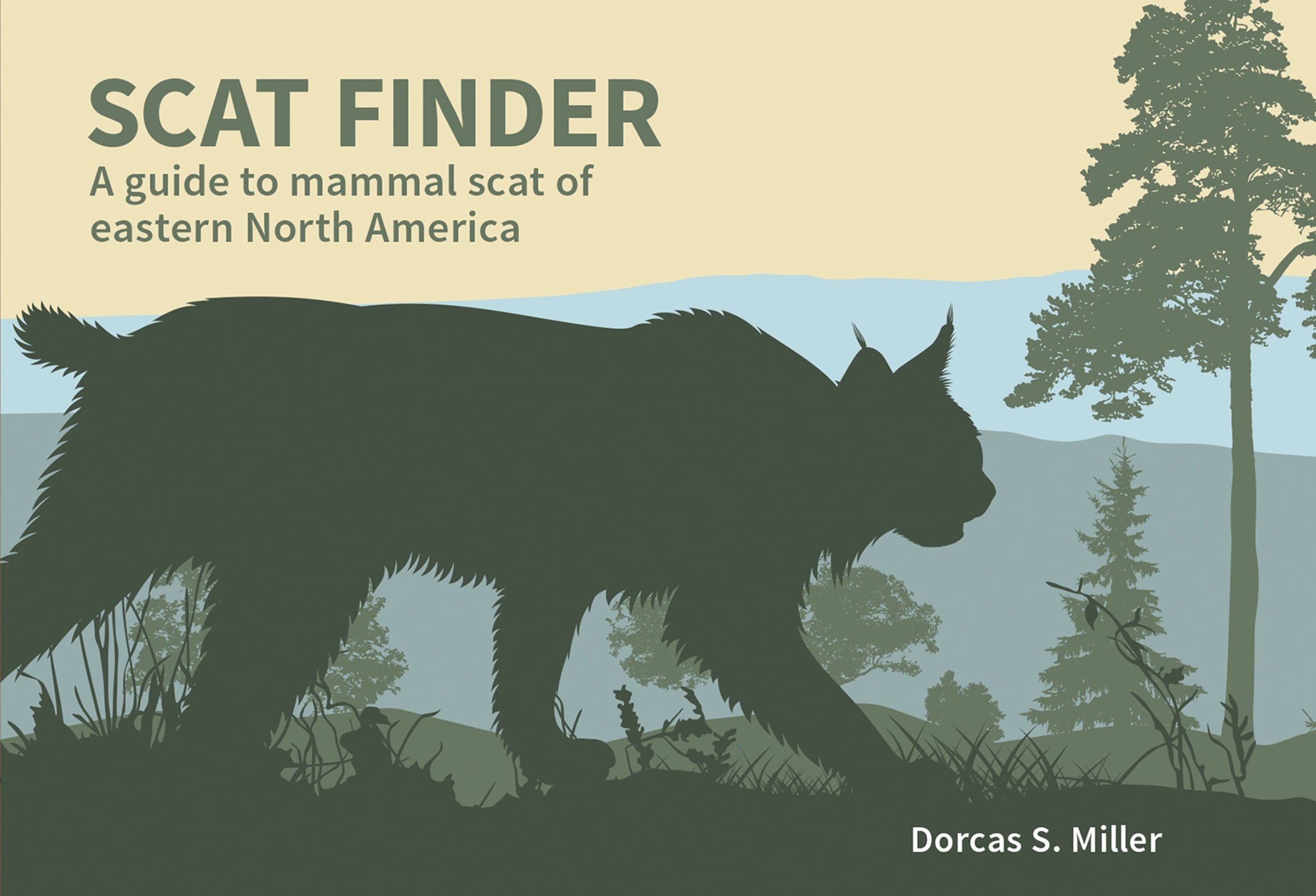
Ep. 191 : Scat Finder with Dorcas Miller
Finding and identifying scat is definitely part of a trackers repertoire as scat is a gateway into the natural history of the animal who left it. It highlights which species the animal is in relationship with, can help identify where the animal has been, and more generally can teach us more about our land base, which really is the point of this show.
Dorcas and I share stories while I ask questions about her awesome new book. It was an honour to get to talk with Dorcas.
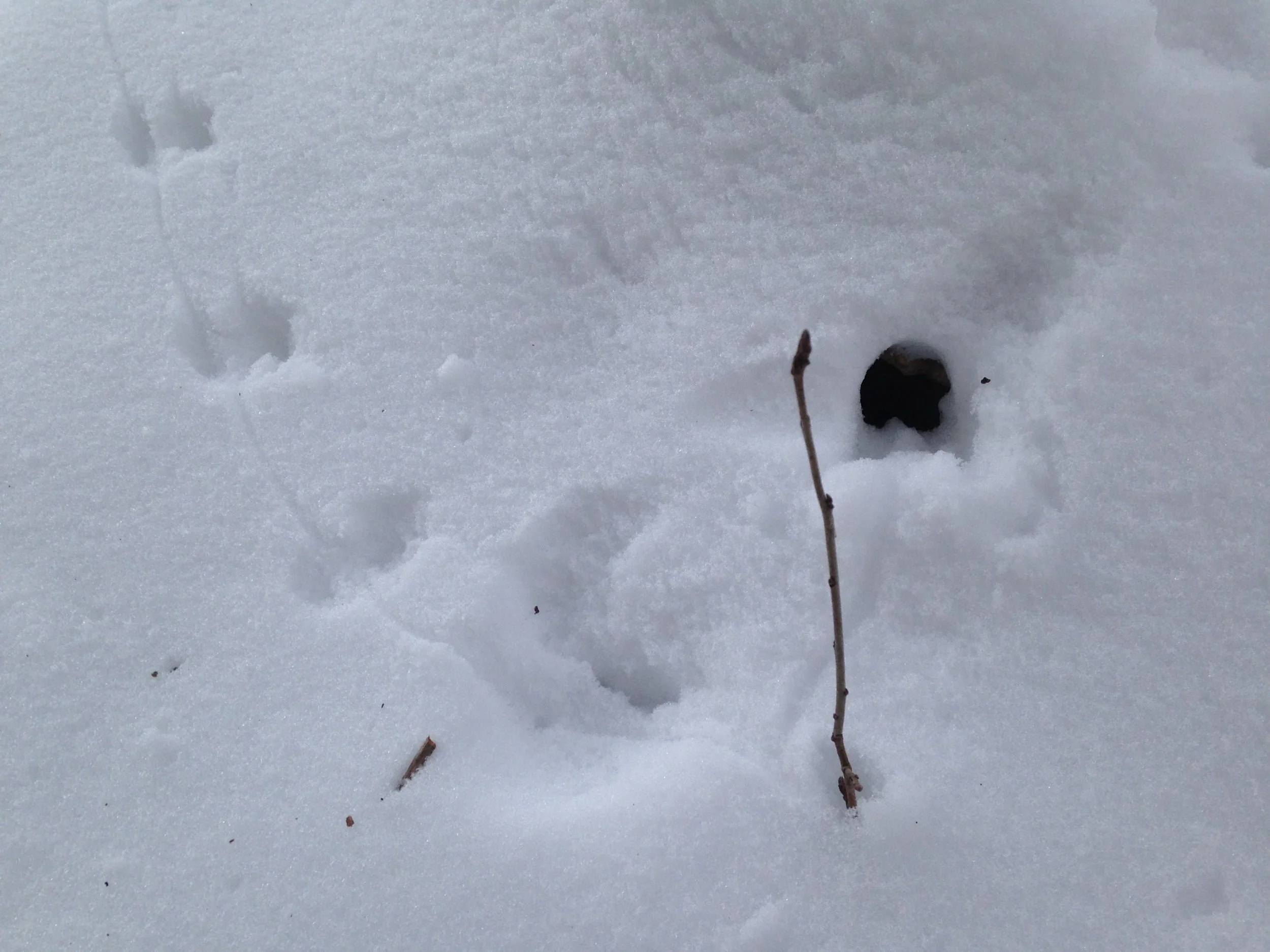
Ep. 182 : Deer Mouse and Song Sparrow
I have been tracking Deer Mice a lot lately, and trying to learn a little bit more about them through their tracks and all the questions that come up. What are they eating right now? How can I tell them apart from Voles and Shrews? How many live together in the Winter? Who ate this one’s brains? You know, the usual. I have also been looking at bird tracks a bunch, especially in this past week, when I noticed a Song Sparrow feeding on the withered stalk of an uncertain forb on the side of a new gravel road near where I work. It was fun to go and see the work the Song Sparrow had done, and wonder at all the debris that remained. Who knew there’d be so much to look at and wonder about?
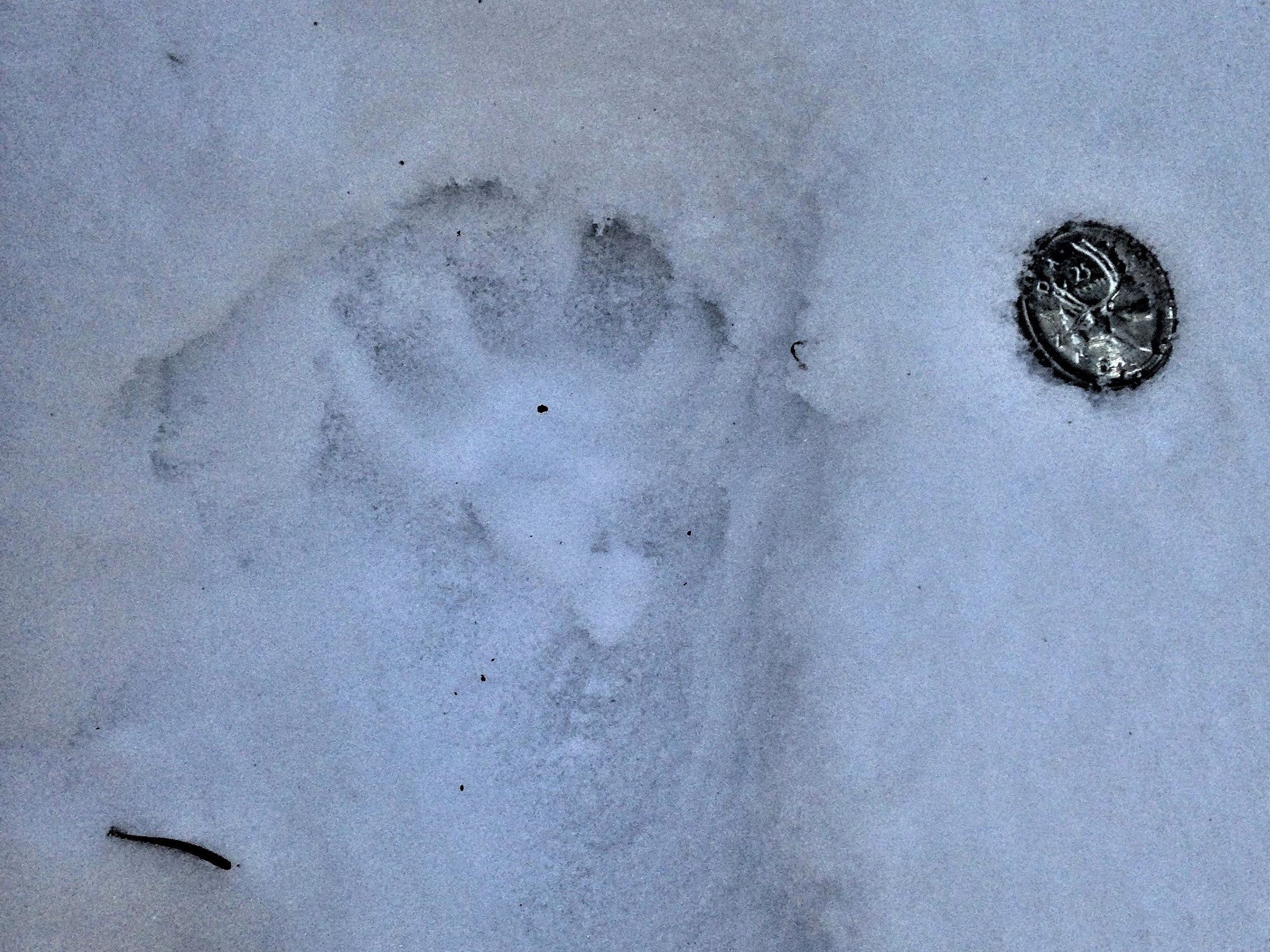
Ep. 180 : Winter of the Fisher
It has been the Winter of the Fisher indeed with long tracking missions following three different Fishers at three locations in Southern Ontario between November 27, 2021 - January 16, 2022. I had only written of one of the experiences and hadn’t really told the story of the second and third, I thought I could detail some of what happened, and some of what I had been learning about for this episode.
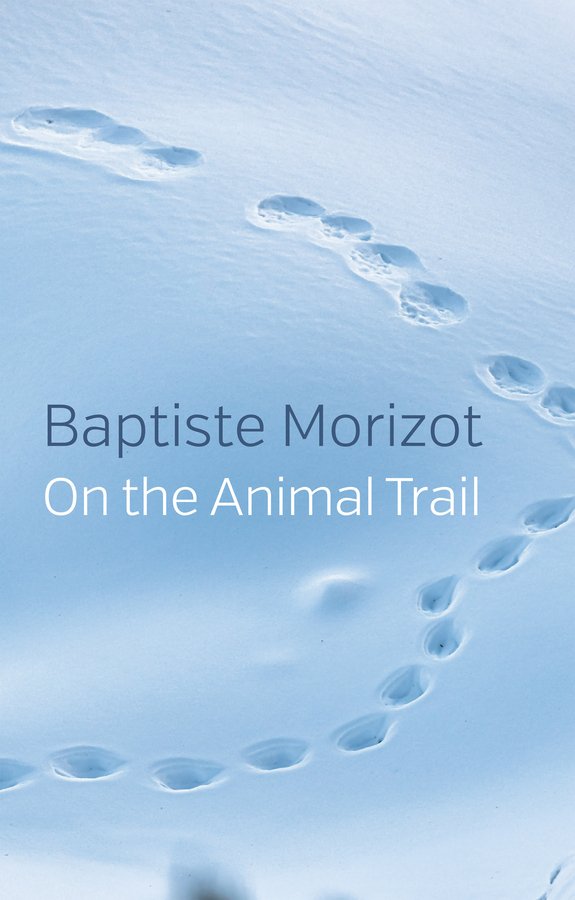
Ep. 178 : A discussion of On the Animal Trail by Baptiste Morizot with Julian Fisher
My friend Julian Fisher recommended a book to me he thought I would enjoy. It was Baptiste Morizot’s On the Animal Trail. I got it and I asked him if he would like to do a “book report, not a review” with me, where we could just have a good conversation about what we were thinking and learning about through reading the work. Julian is a philosopher, and I am a tracker. Why not share in the feast of ideas that is On the Animal Trail together?
Baptiste writes beautiful accounts of tracking non-human animals, and describes some lessons he/we have been offered by these cohabitants. He also asks us to look a little deeper into these lessons and into our relationships with these communities. Can tracking change how we see the world by changing the way we interact with the world? Can following animal trails help us find a deeper sense of belonging to place because we are more in tune to the relationships happening around us? Julian and I get into it.
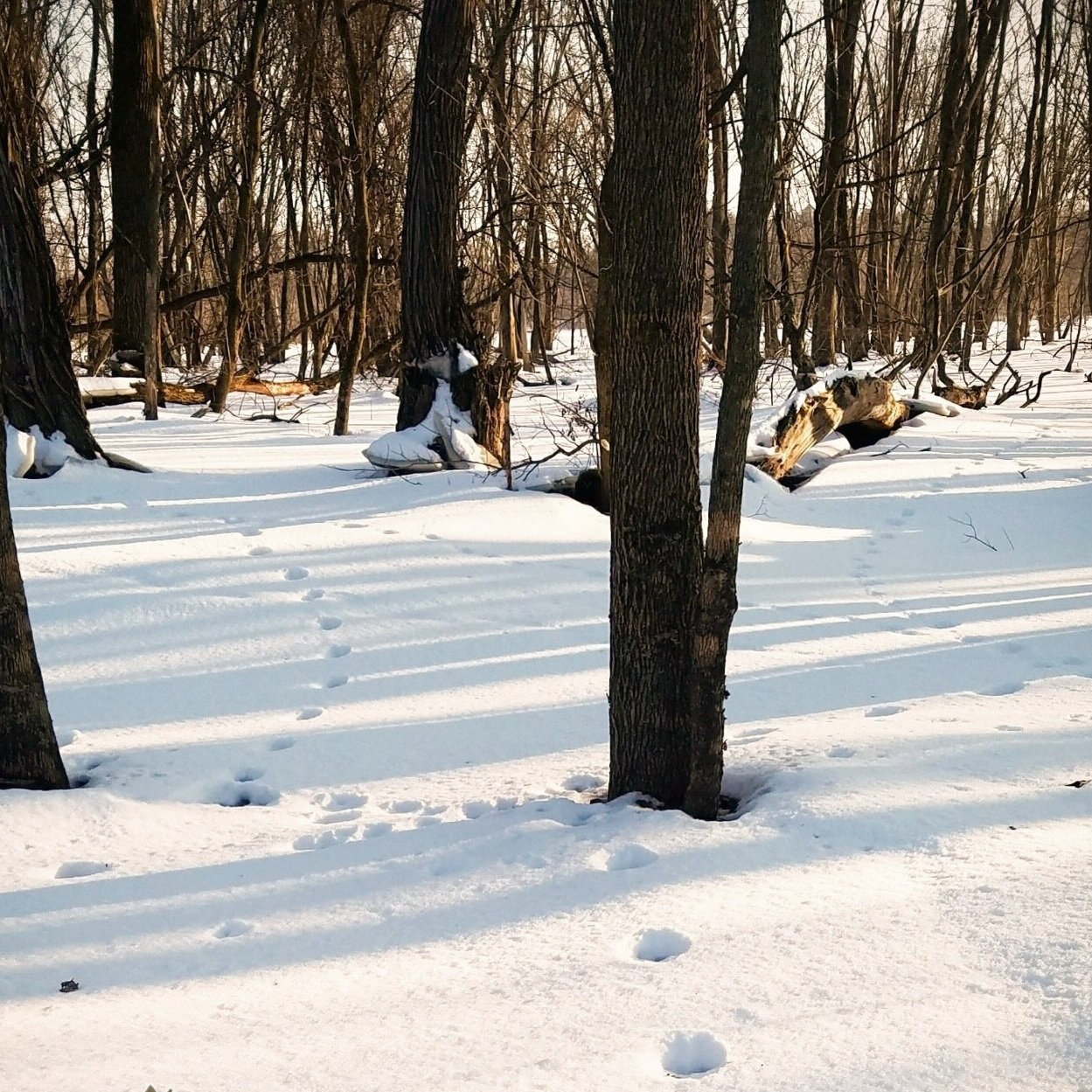
Ep. 146 : Sophie Mazowita of Tracking Connections
The first show of 2021 is a great one. My guest is Sophie Mazowita, naturalist, educator, wildlife guide, tracker, storyteller and much more. We talk about her journey as a naturalist and a tracker, how she gets off the trail and gets into the wilder world around her.
When I talk to folks about creating cultures of connection with the land, putting in the time, effort and passion into the work of learning ourselves and teaching others, Sophie is right on that. She has been working hard, as evidenced all over the internet with her videos, her career as a naturalist and educator, and her ongoing work getting folks on board with paying attention to the wilder world around them.

Other platforms where you can listen to the show :
As well as : Breaker : Overcast : Pocket casts : RadioPublic



